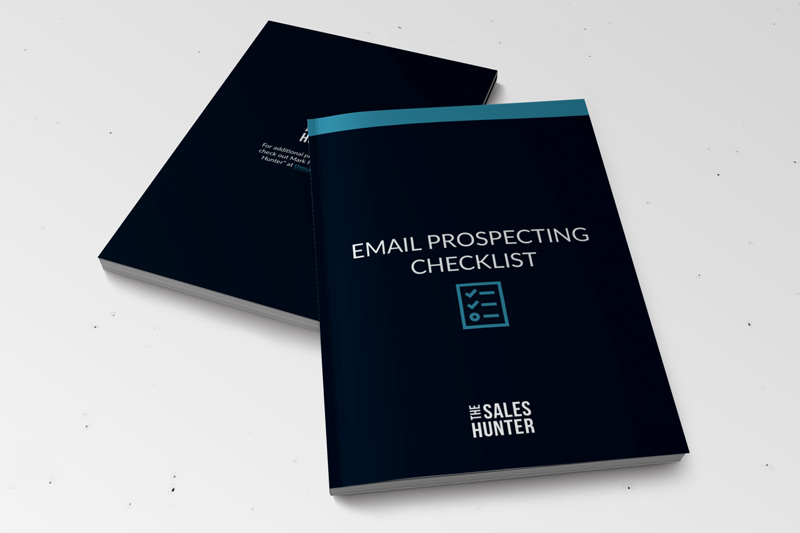If you think an RFP is final, think again. There always is a “next step.” Are you wise enough to leverage it?
Never think that when you submit an RFP (Request for Proposal) or for that matter a bid — even a “sealed bid” — that the process is done. No matter what criteria the customer has stated, you should never think the only things you can do are what the customer has stated can be done. A few things you should do for any type of an RFP, bid, etc. is set up Google Alerts so you will receive all updates on the customer, their competitors and any other vendors who you believe may have responded to the RFP.
Second thing to do is to make sure your RFP response was received by the customer. Don’t hesitate to pick up the phone and call. Don’t trust email. Make the call — it will hopefully give you a chance to have a short courteous and friendly conversation with somebody.
Third, have your list of follow-up questions ready to go. The goal, of course, is to be able to have a follow-up meeting with the vendor to discuss with them; however, in the absence of a formal meeting, you want to be ready to ask a question or two at any time the opportunity arises.
Fourth, continue to develop and nurture relationships you have with the customer. With each conversation, the goal remains the same — find out one new piece of information about the customer and be able to share with them one new piece of information that educates them about how they can do their job better. Do not look at these conversations as opportunities for you to break out the list of features and benefits. Instead, look at this as an opportunity for them to see you in a different light than how they might see your competitors.
Fifth, have your list of negotiable items ready to go. This includes a list of variables you feel the customer might be interested in. Do not look to use these — merely have them ready. They should only come into play if and when you are ready to close the deal.
Sixth, go back and review the strategy you first developed before you began working on the RFP. The strategy you developed at the beginning is the strategy you want to maintain all the way through the process. Don’t deviate! When you deviate, you run into problems, and the number one problem you will run into is giving away profit all for the sake of trying to “win” a proposal that in the end you can’t afford to win.
Copyright 2011, Mark Hunter “The Sales Hunter.” Sales Motivation Blog.












One Response